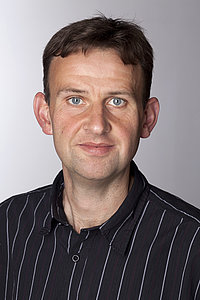12.01.2026, 14:00
– 2.14.0.21
Forschungsseminar: Gruppen und Operatoralgebren
Cartan subalgebras in C*-algebras of virtually abelian groups.
Jakub Curda (University of Oxford)

